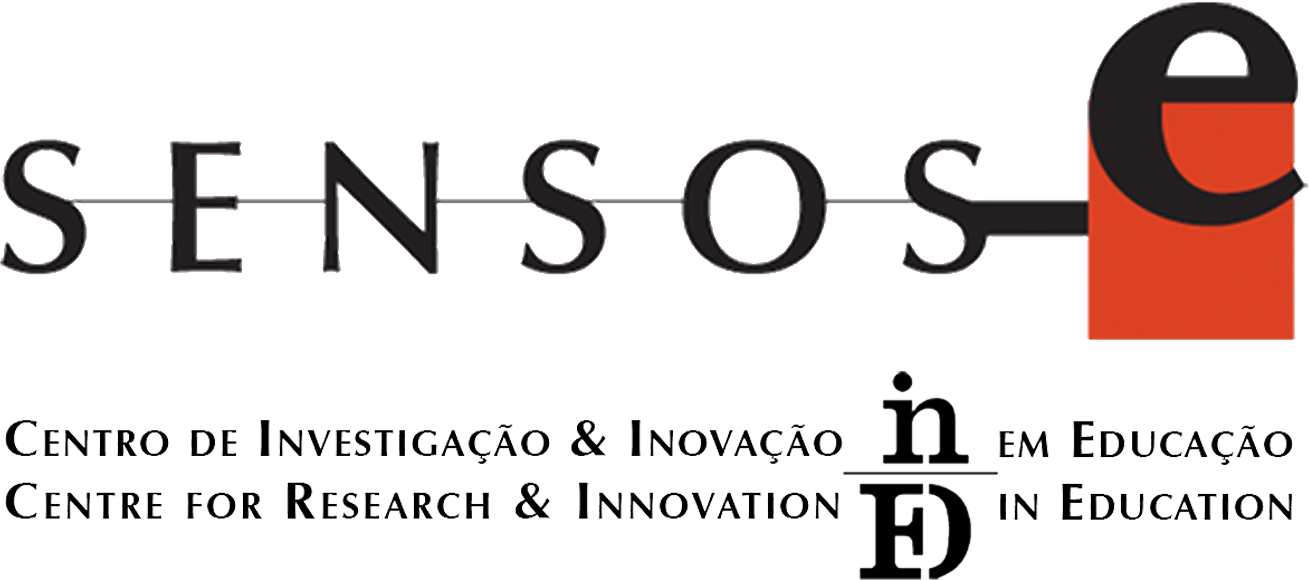Face-to-face and online focus group: addressing related and disruptive issues
DOI:
https://doi.org/10.34630/sensose.v9i2.4480Keywords:
Face-to-face focus group, Virtual focus group, Research technique, Pandemic, COVID-19Abstract
The pandemic of COVID-19 has compelled greater remote use of everyday situations that were previously intended predominantly in the face-to-face context, among them the focus group. Thus, this article aims to discuss the related and disruptive issues between the face-to-face focus group and the on-line focus group. The methodological path was based on documentary and bibliographic research for the survey, data collection, and qualitative data analysis. As a result, we found fundamental aspects that permeate the face-to-face and on-line focus groups, which are: group size; duration; recruitment of interviewees; content; transcription; communication between observers and the moderator. And also disruptive perspectives between these two focus group models such as: group composition; physical environment; respondent identity; respondent attention; group dynamics; non-verbal communication; use of physical stimuli; unique moderator skills; running time; client travel costs; client involvement; and, basic costs of group discussion. We conclude that these dialogues will enable the researcher to better understand the appropriate choice of the type of focus group to be used, considering the object of study.
Downloads
Published
How to Cite
Issue
Section
License
Copyright (c) 2022 João Ferreira Sobrinho Junior, Nyuara Araújo da Silva Mesquita

This work is licensed under a Creative Commons Attribution-NonCommercial-ShareAlike 4.0 International License.



